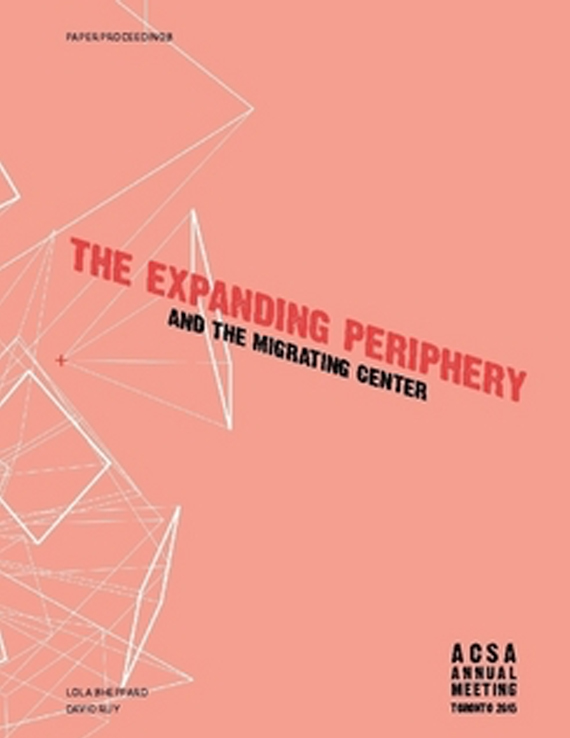Author(s): Megan Fowler
Prison design is a controversial topic in the field of architecture. The “all-seeing” Panopticon prison of the eighteenth century introduced by British social reformer Jeremy Bentham brought academic attention to the issue of prison design. Two centuries later, French philosopher and social theorist Michel Foucault used the Panopticon as a metaphor for society and its power to control beyond the physical. At the beginning of the nineteenth century in the United States there existed two competing penal and prison “systems” — the Pennsylvania System and the Auburn System. The Pennsylvania penitentiary system was influenced by the idea of penitence; solitude was thought to serve as punishment as well as giving time for reflection and contrition. The prison designs often recalled the Panopticon with centralized configurations. The opposing system was known as the Auburn System, after the eponymous facility in New York, where imprisonment was punishment instead of a chance for reformation. It was at Auburn where the core idea of Bentham’s Panopticon, total surveillance, became a reality. The Auburn system and corresponding architecture have been described as “machine-like” where prisoners are kept in tiny cells (seven feet six inches by three feet eight inches and seven feet high) under “complete, demeaning control at all times.” The Auburn System has predominated prison design and theory in the United States. In American society today some resist involving architects in creating prison facilities. “Architecture” for these buildings is discouraged. In 2013, Pelican Bay supermax prison, with its “8×10-foot, soundproof, poured-concrete cells with remote controlled doors and no windows,” inspired hunger strikes across California in solidarity for the appalling living conditions. Simultaneously, a petition to the American Institute of Architects attempted to forbid architects from creating prisons. Why would an architect create a space that has such negative effects on human life and morale? Yet, what these events prove is that there is a dire need in places like Pelican Bay for the touch of an architect. The environments in American prisons create opportunities for violence, tension, and hostility in inmates. Even employees in American prisons have been found to have a higher risk of various stress-related health issues. Trained architects could solve the design-driven problems.Different justice systems create distinct prison environments. Comparison of the history and theory of prison design, media portrayals, and prison inmates’ experiences in the U.S. and Scandinavia suggest that the Scandinavian approach is better. Scandinavia’s justice system allows the opportunity for an “open prison,” which emphasizes reintegration rather than punishment. While it may not be obvious to the American eye, Scandinavian prisoners are also punished for their crimes. Yet, the Scandinavian designs create environments that are more efficient at lowering crime and recidivism while still remaining humane. Scandinavian prison environments induce remorse and responsibility and are more effective than those causing resentment and cynicism. Architecture has powerful effects on the human soul and spirit, as recognized by Foucault, which should be utilized in a positive way to design prisons and accomplish both goals of inmate retribution and rehabilitation.
Volume Editors
David Ruy & Lola Sheppard
ISBN
978-0-935502-95-4

 Study Architecture
Study Architecture  ProPEL
ProPEL 
